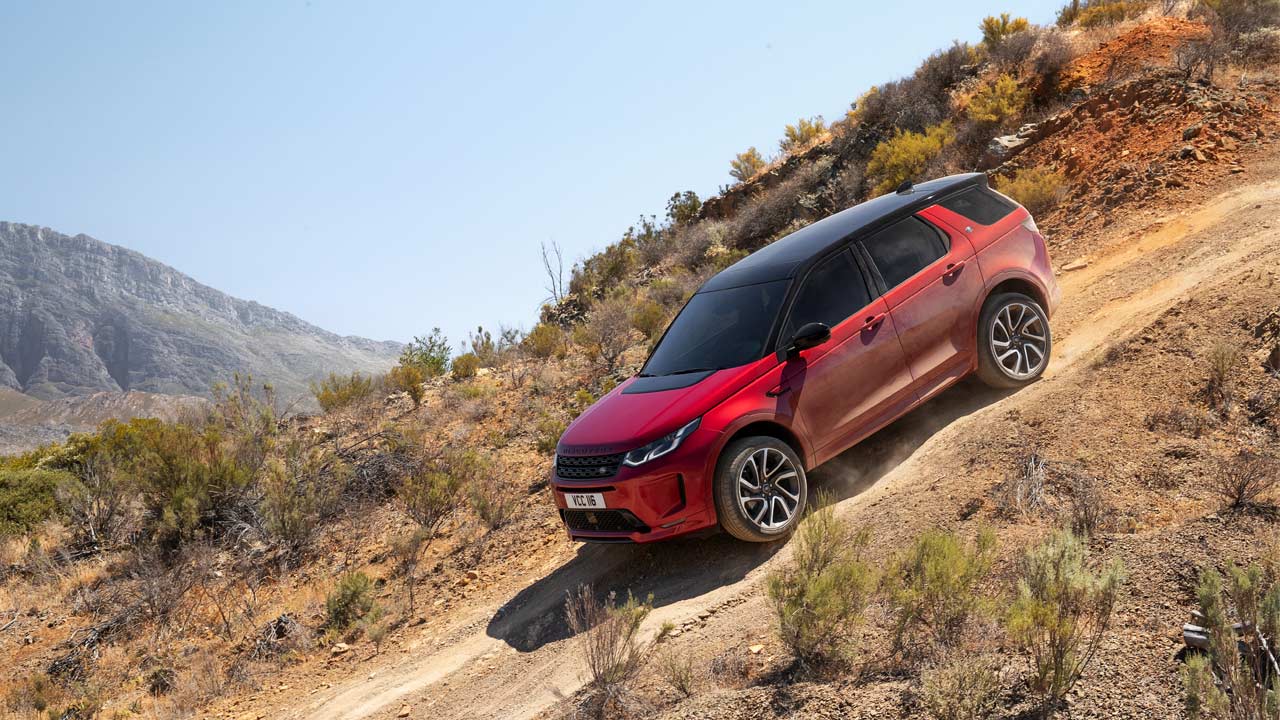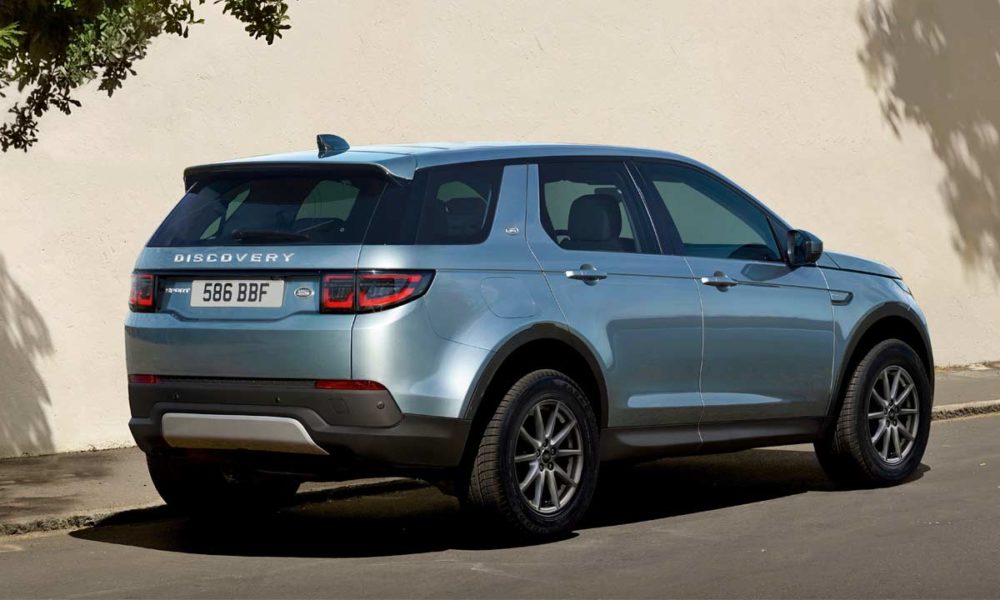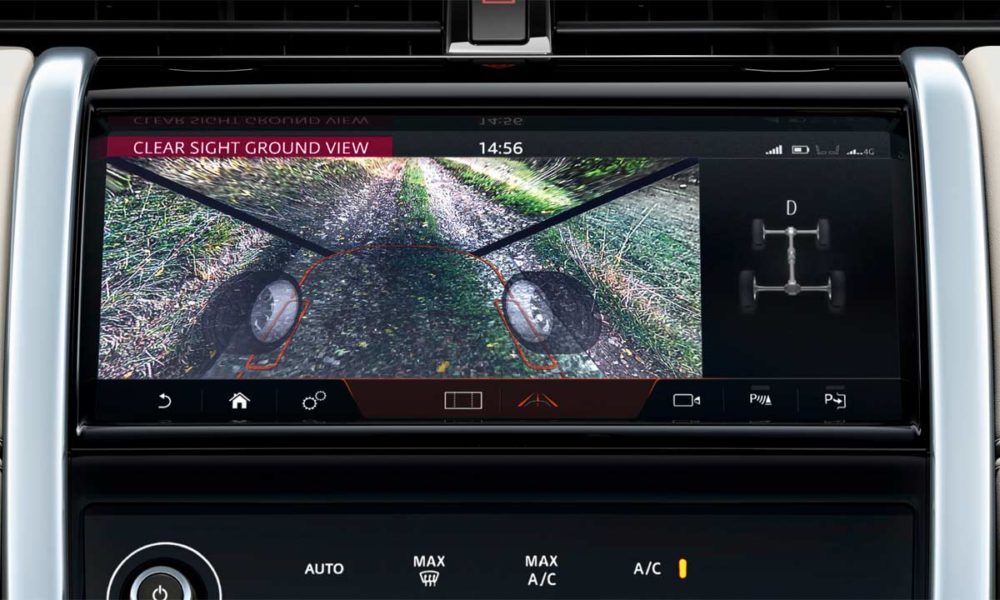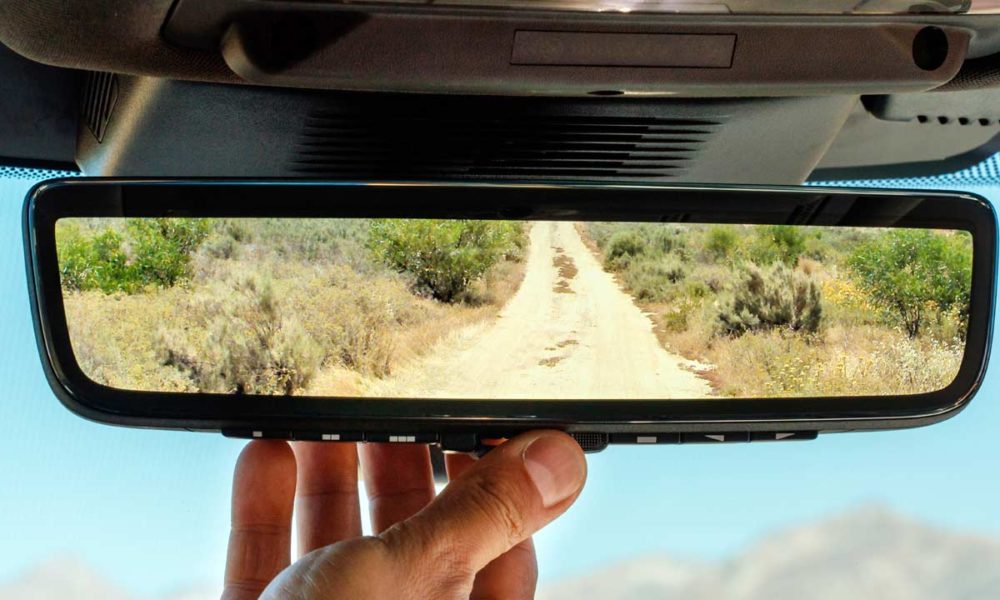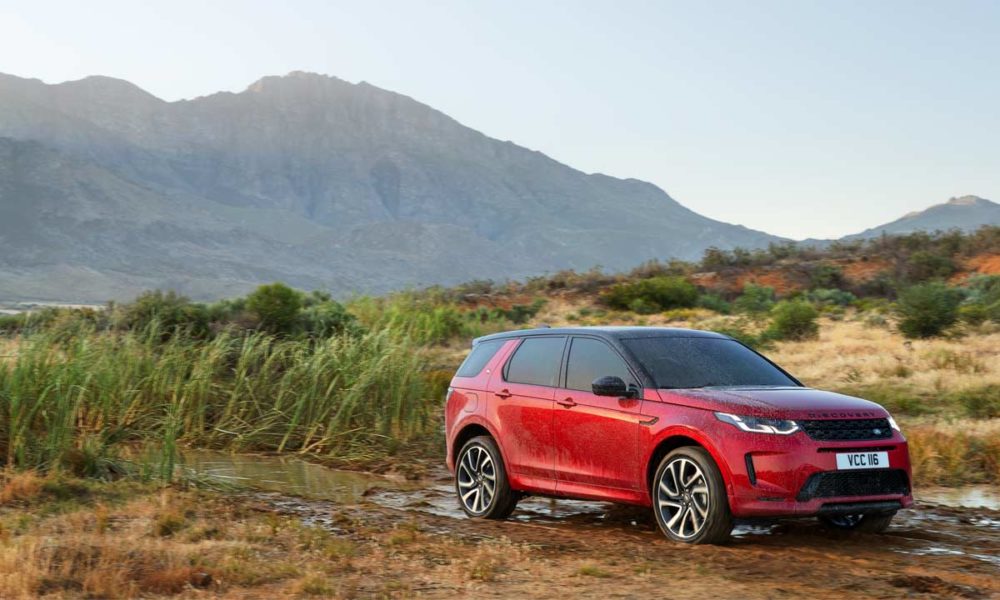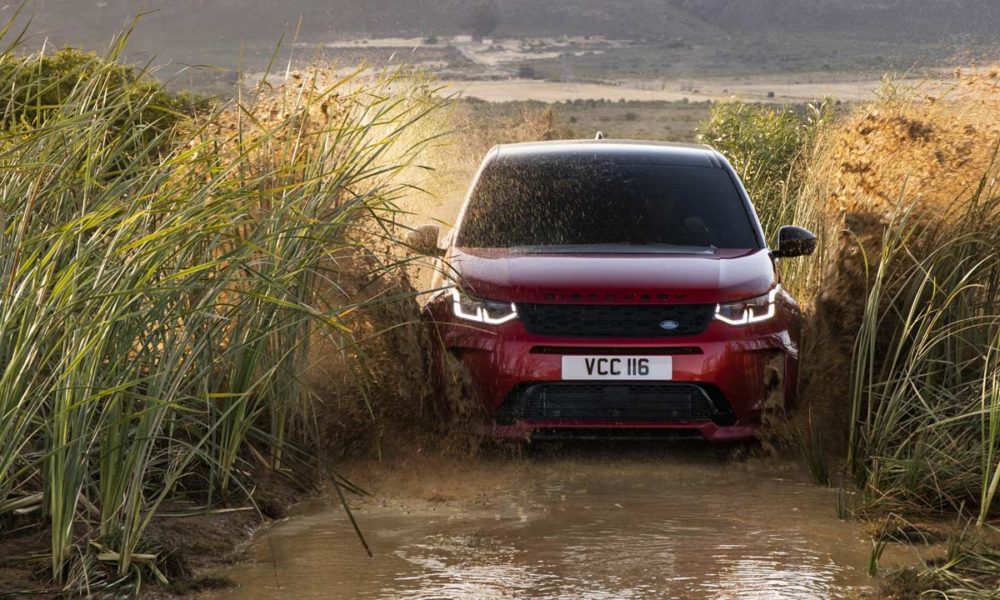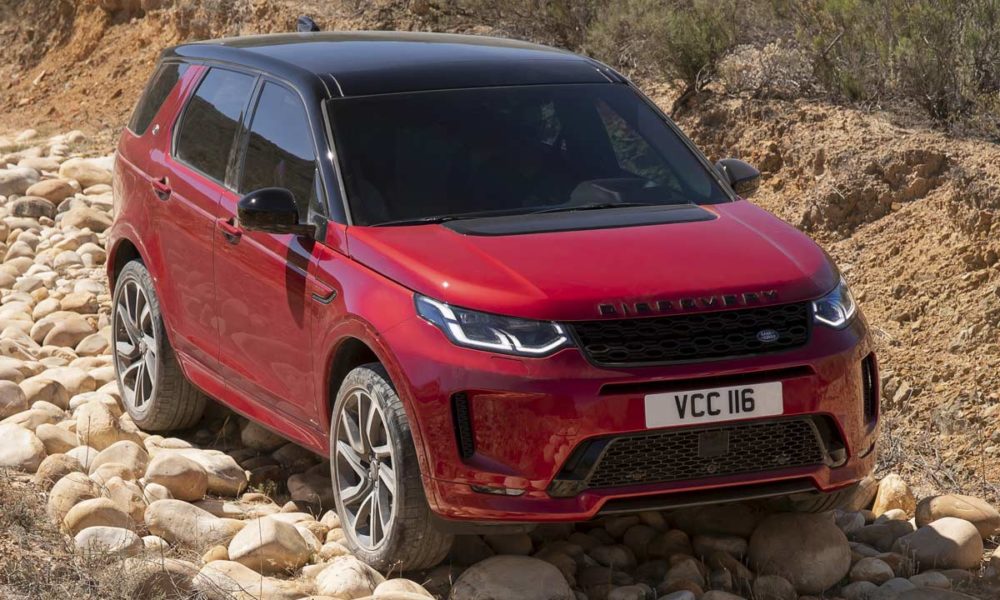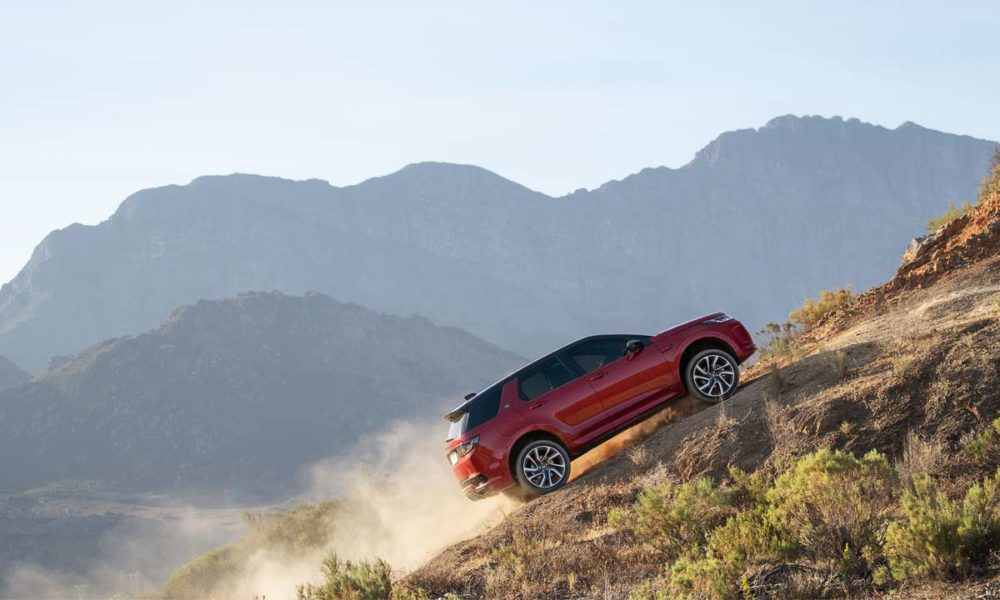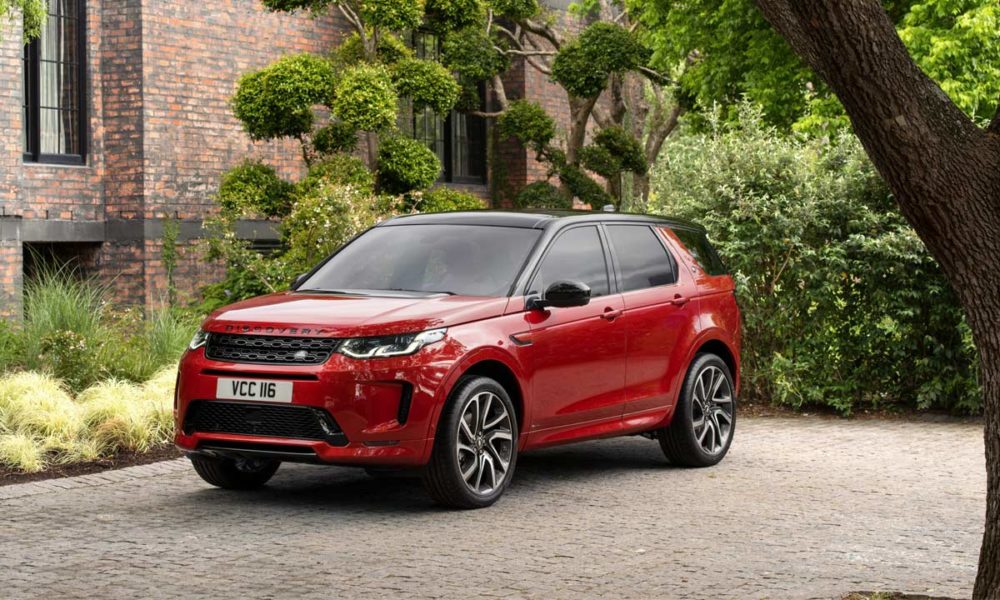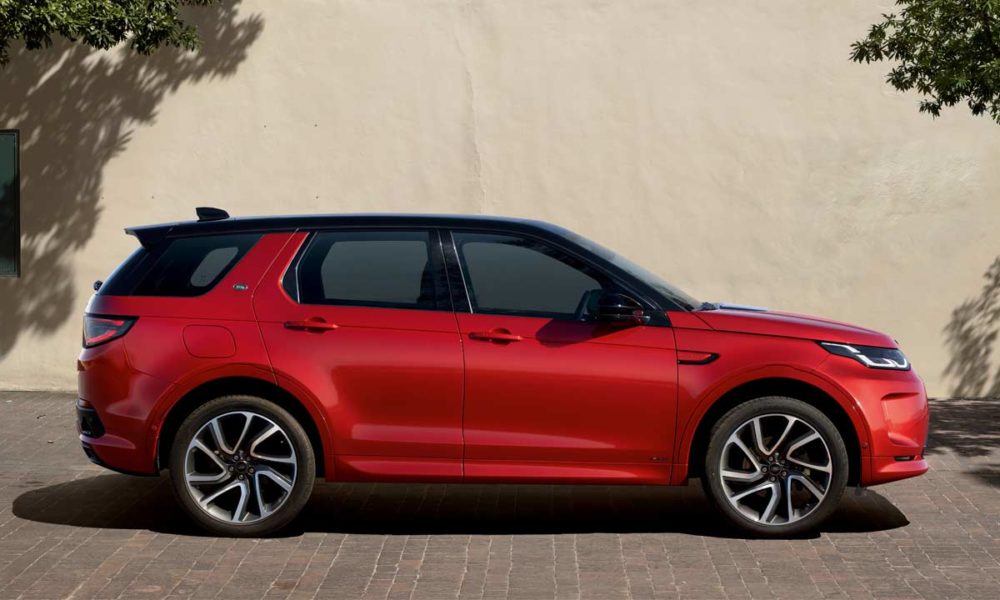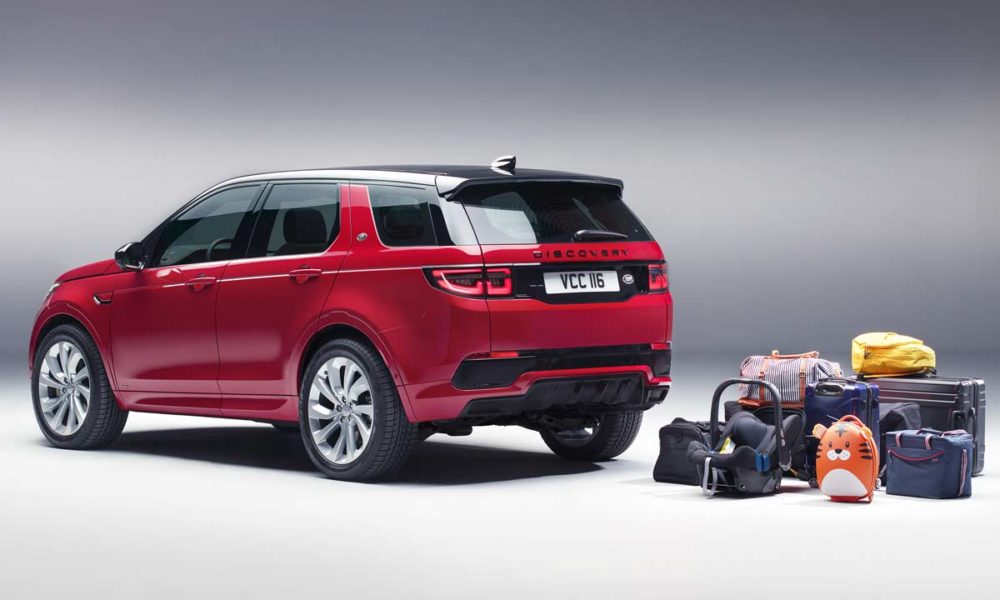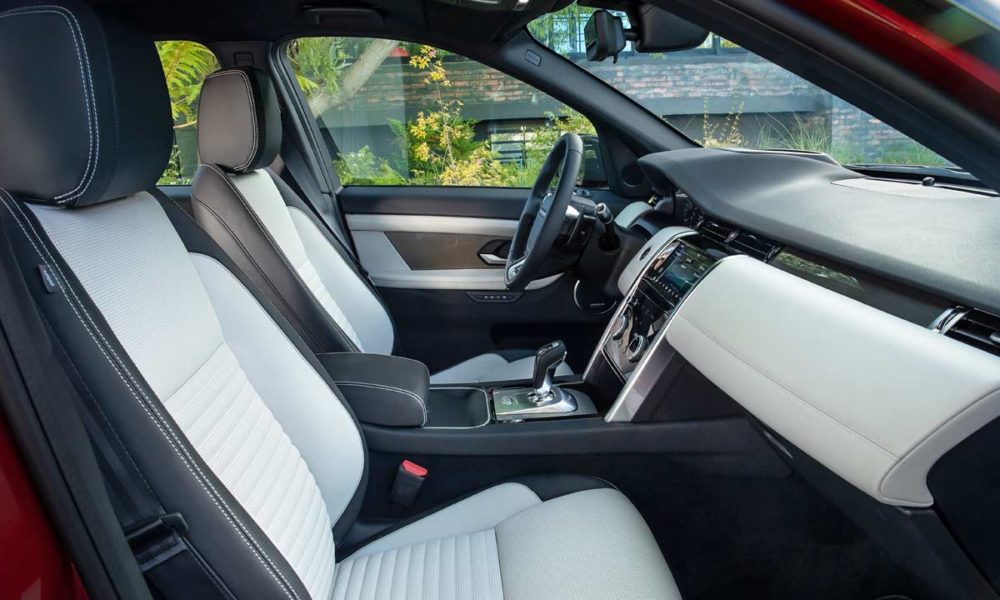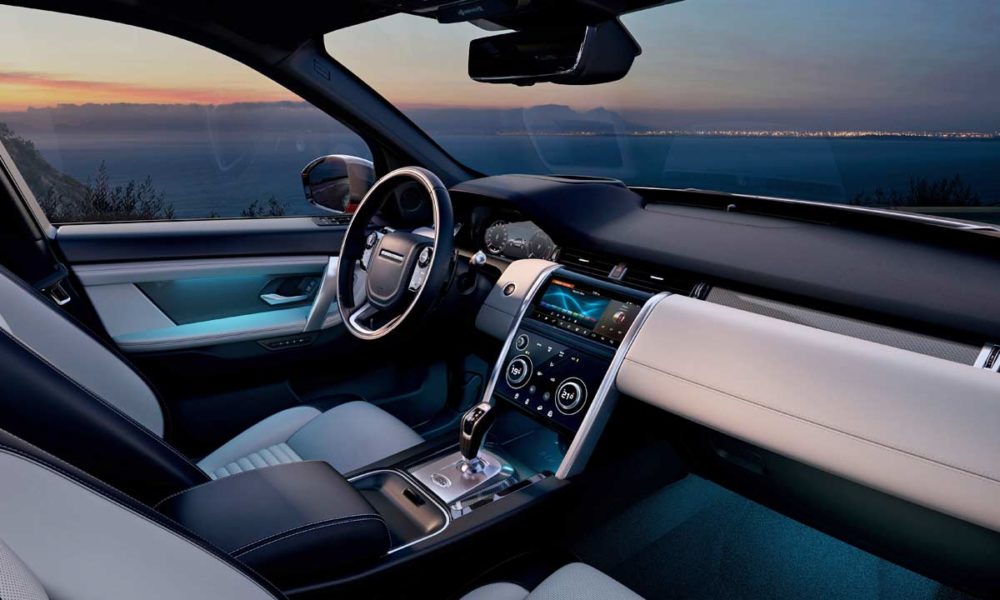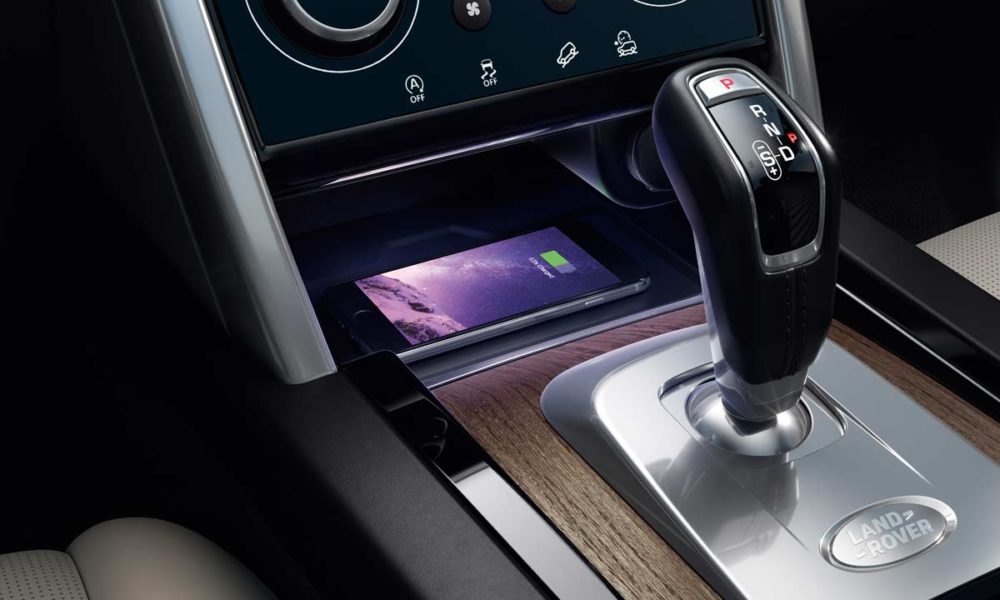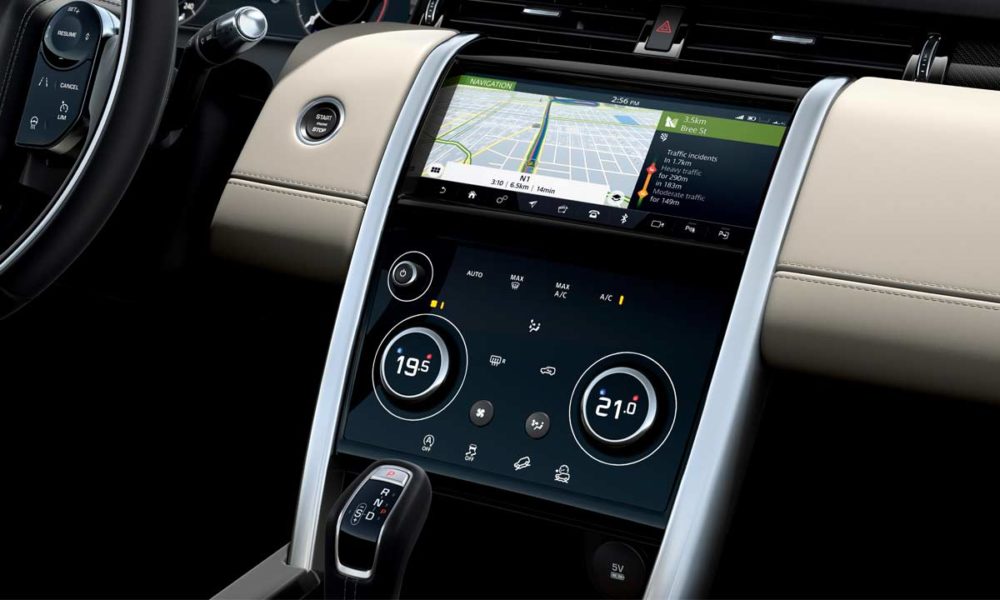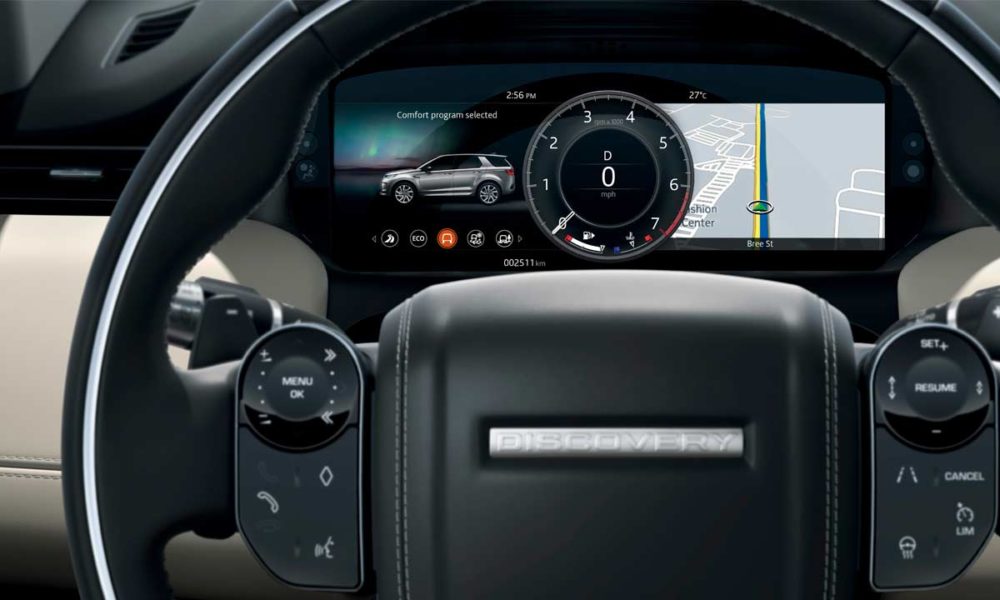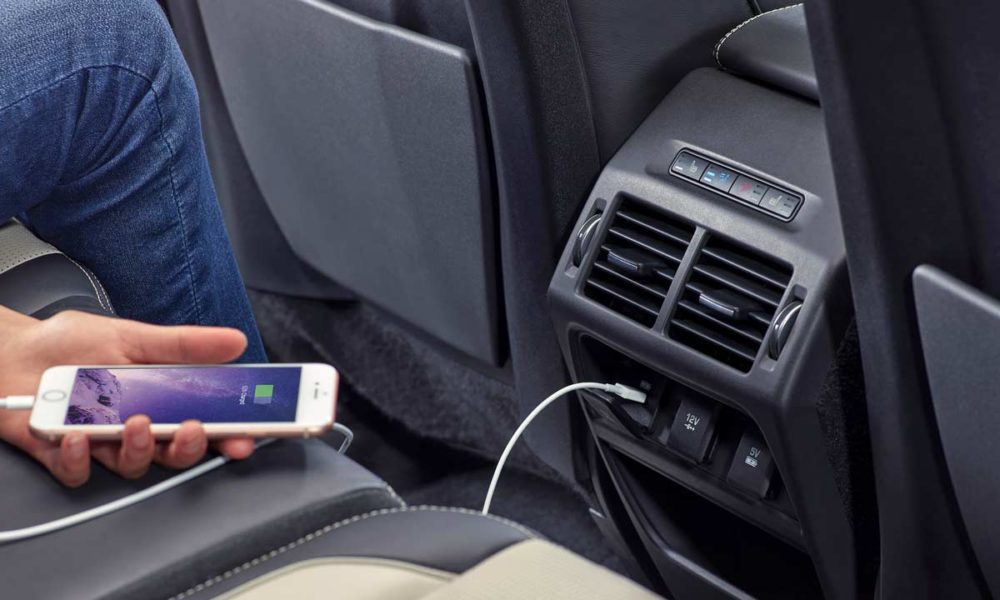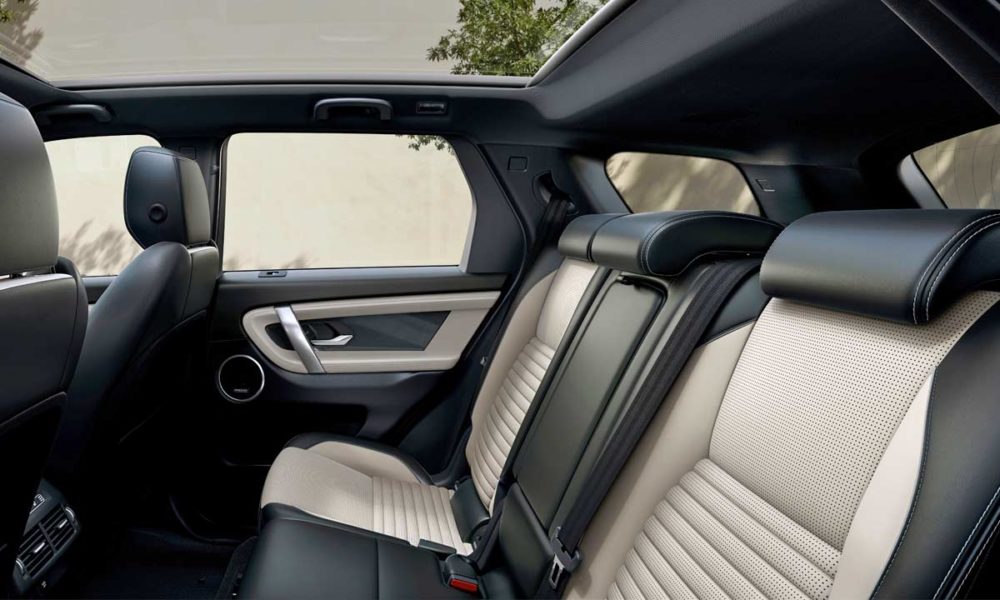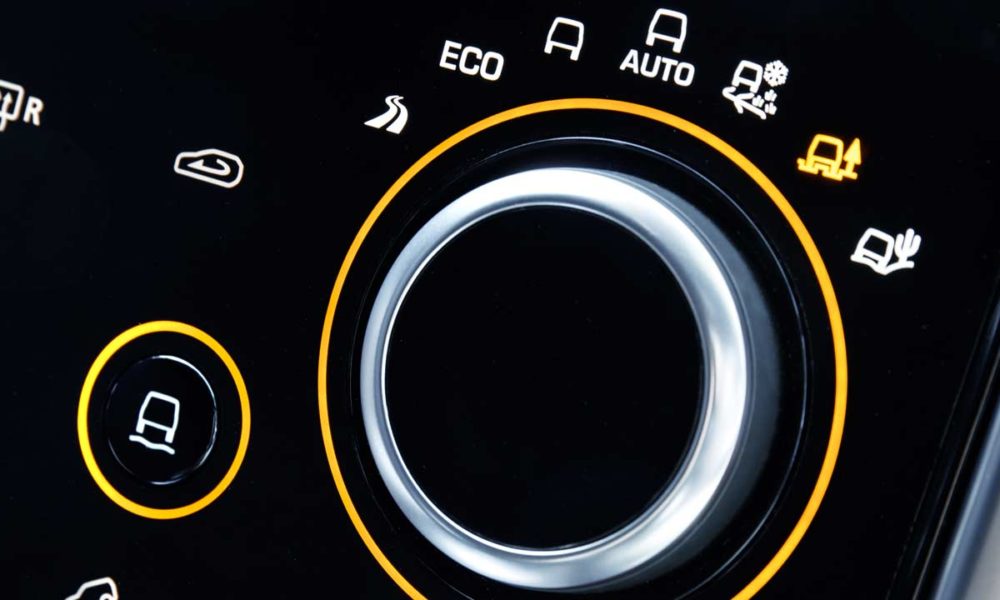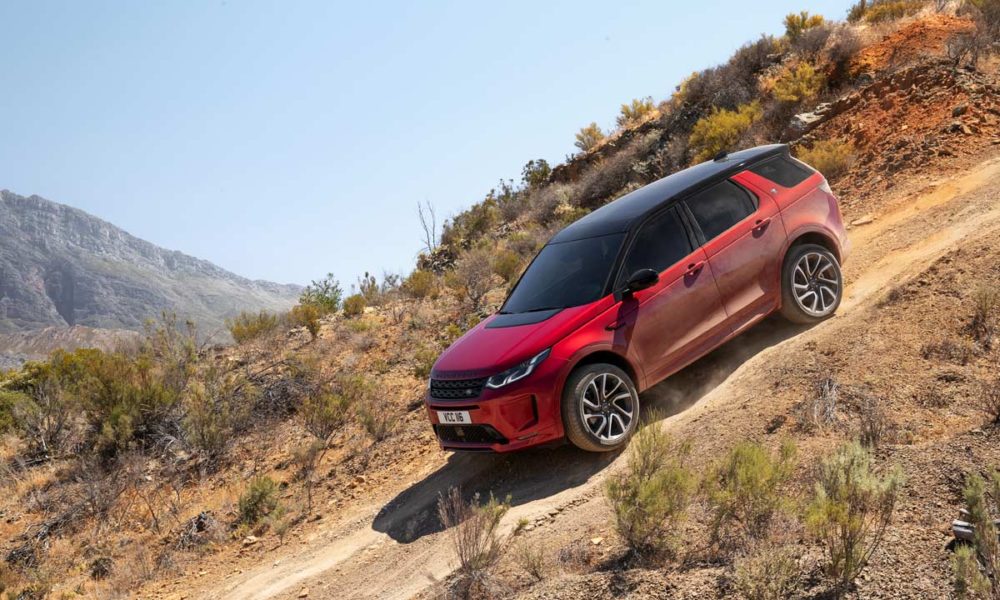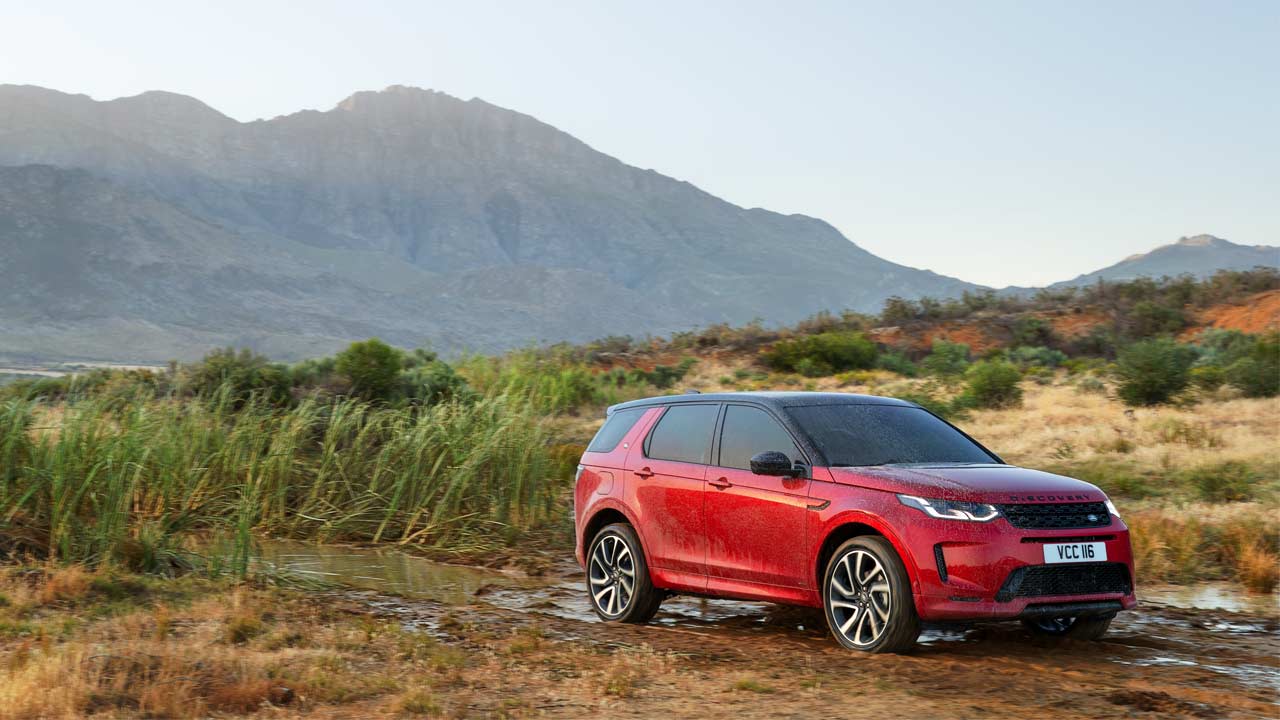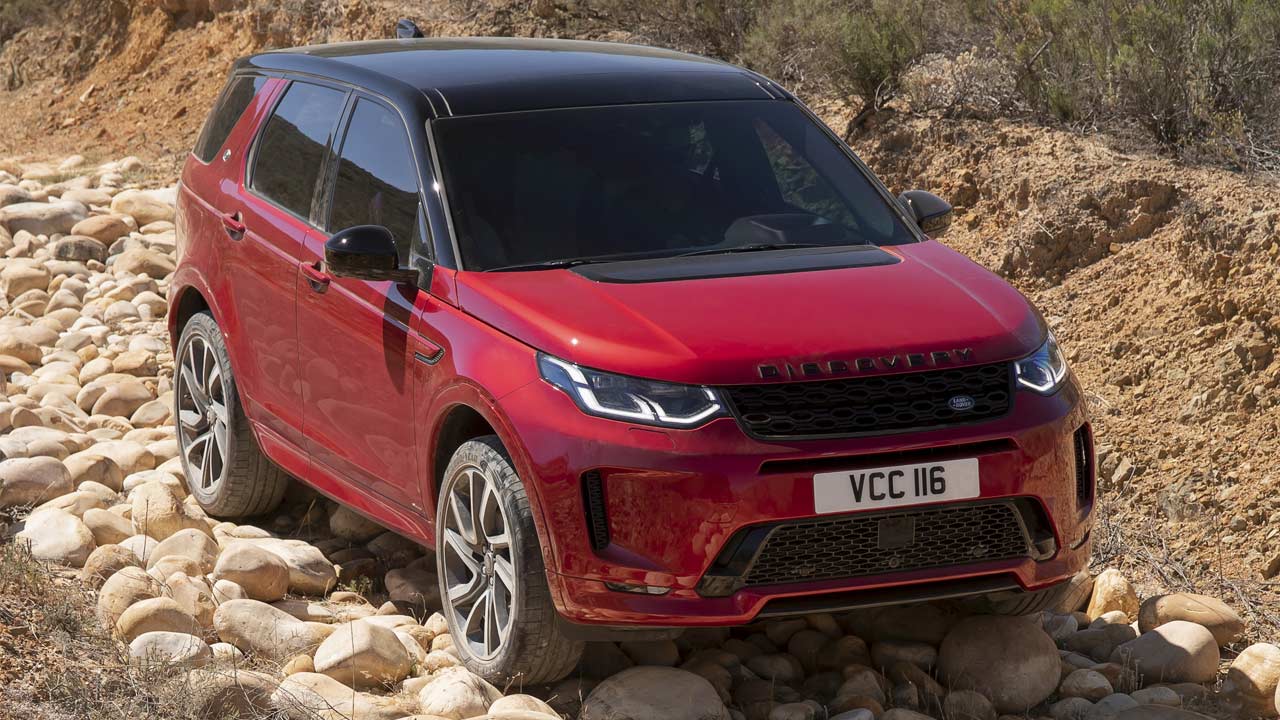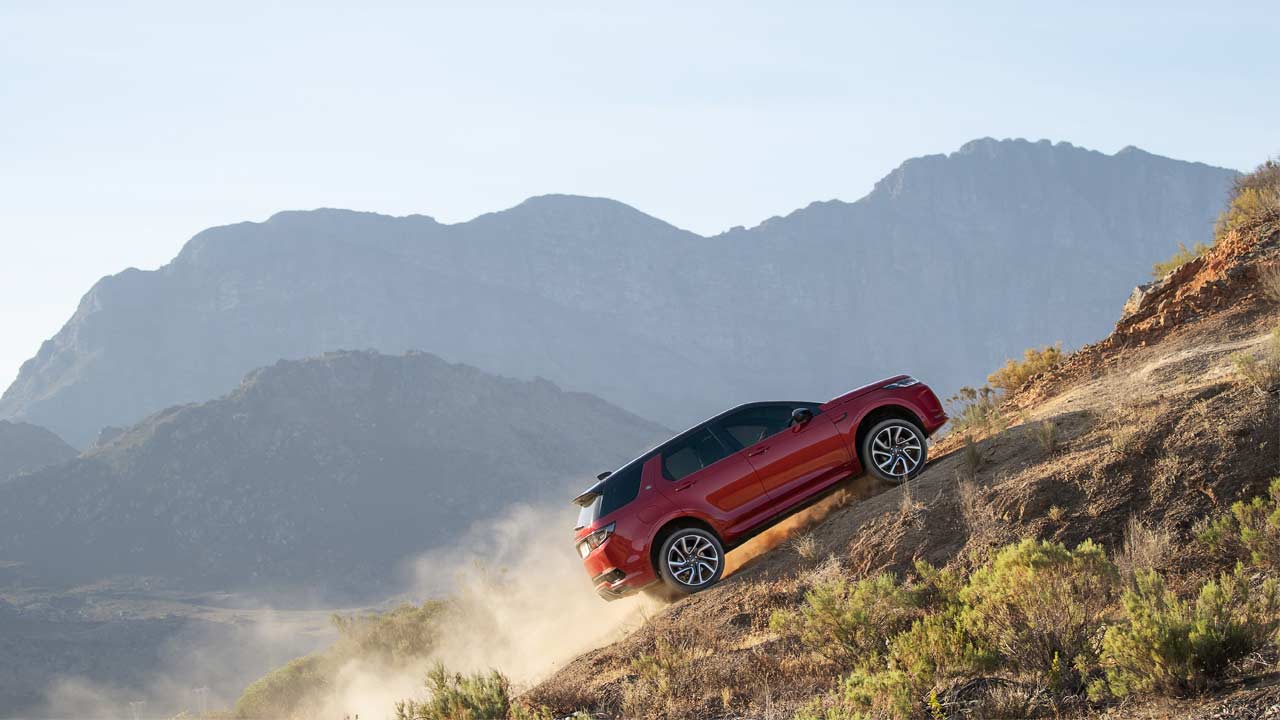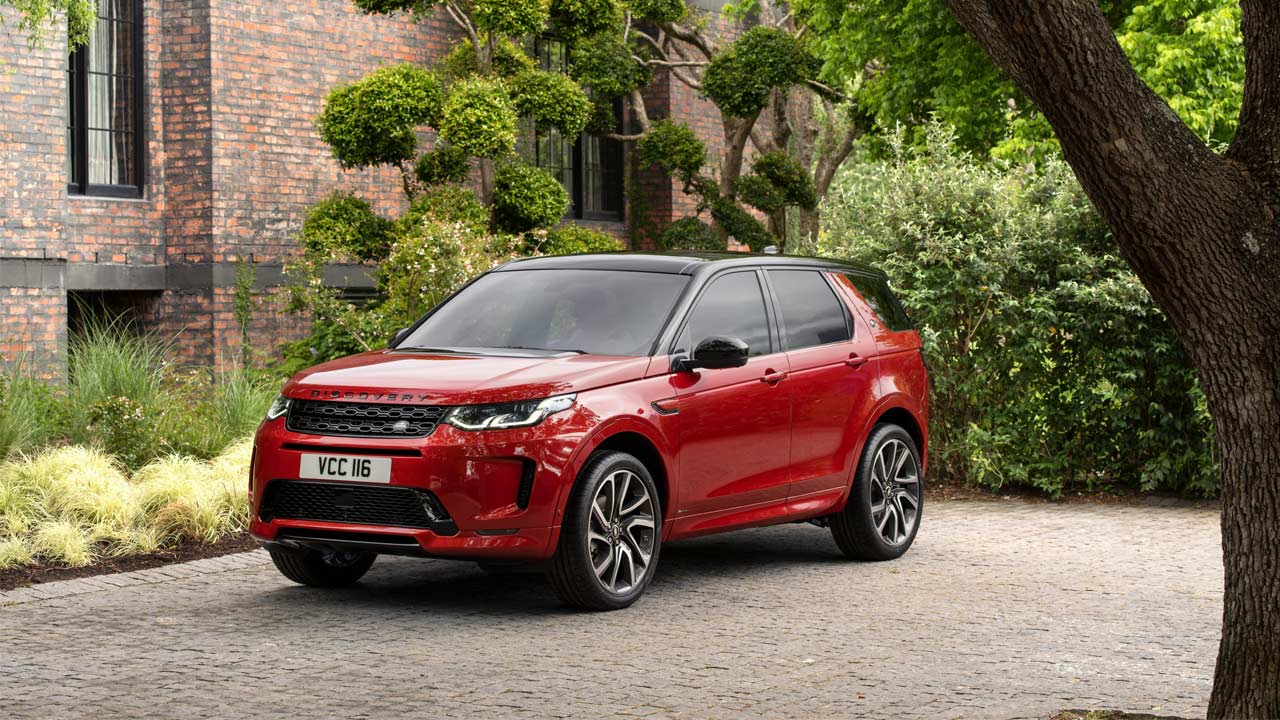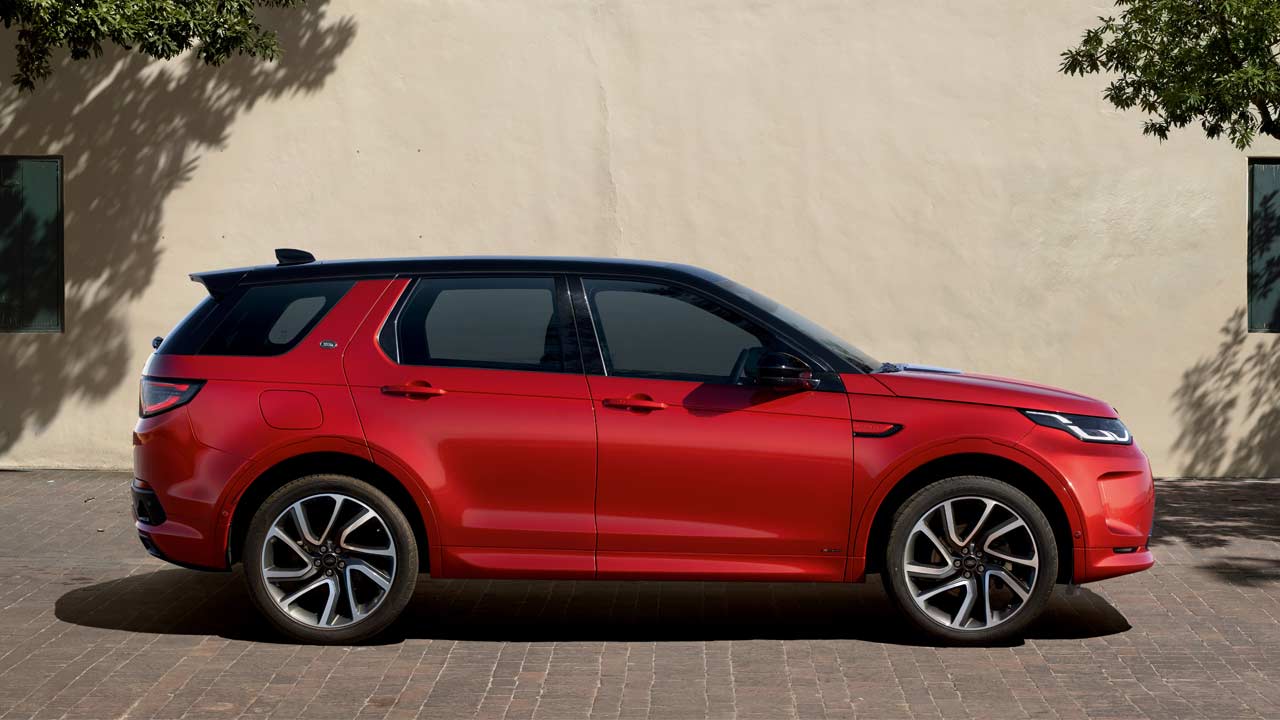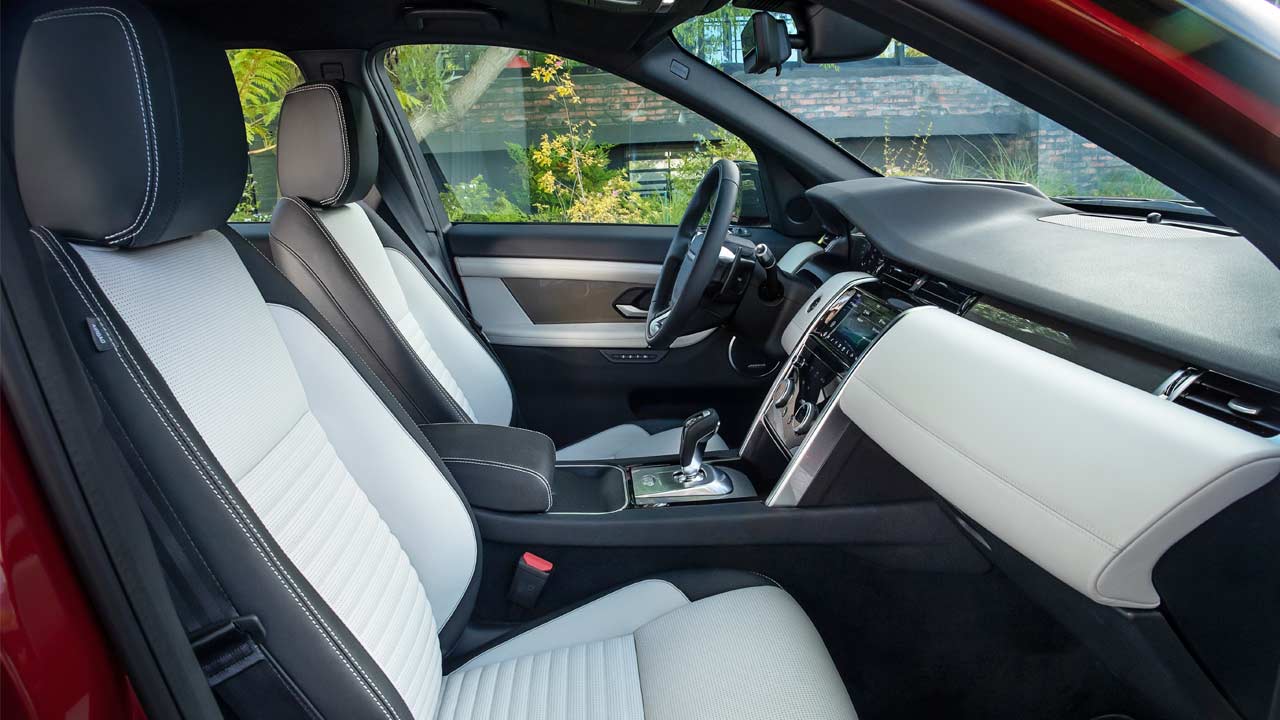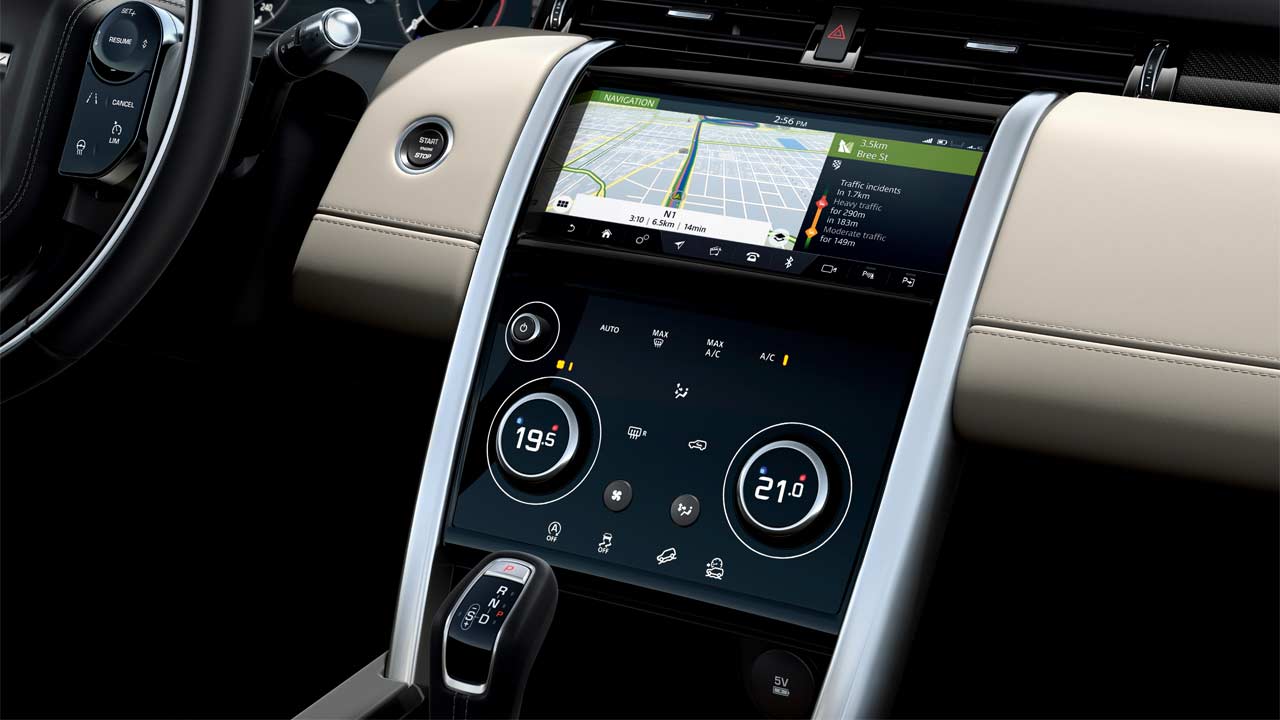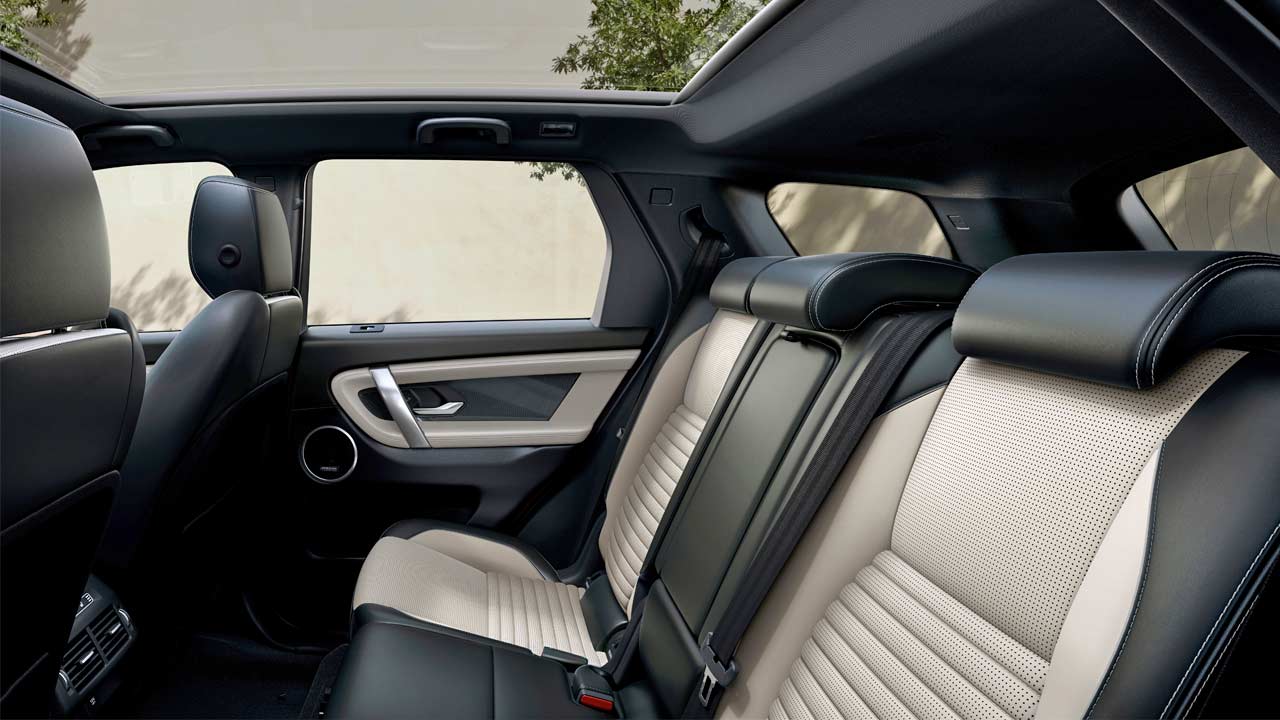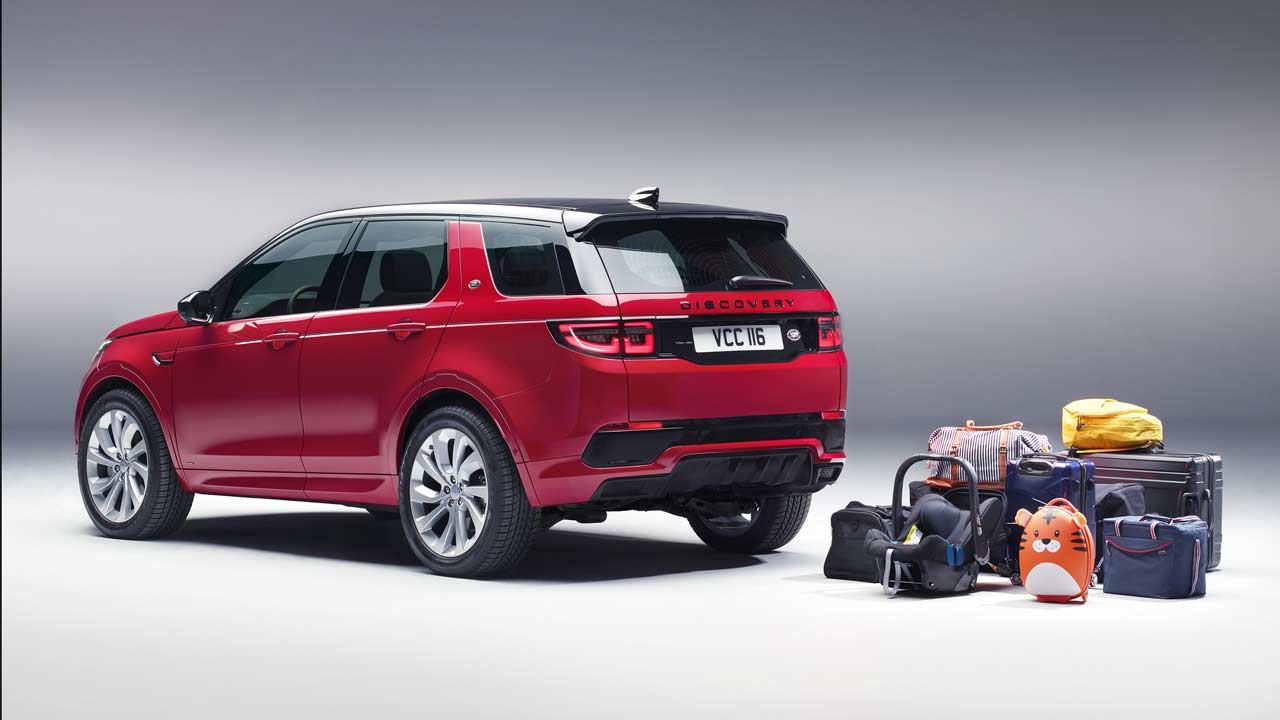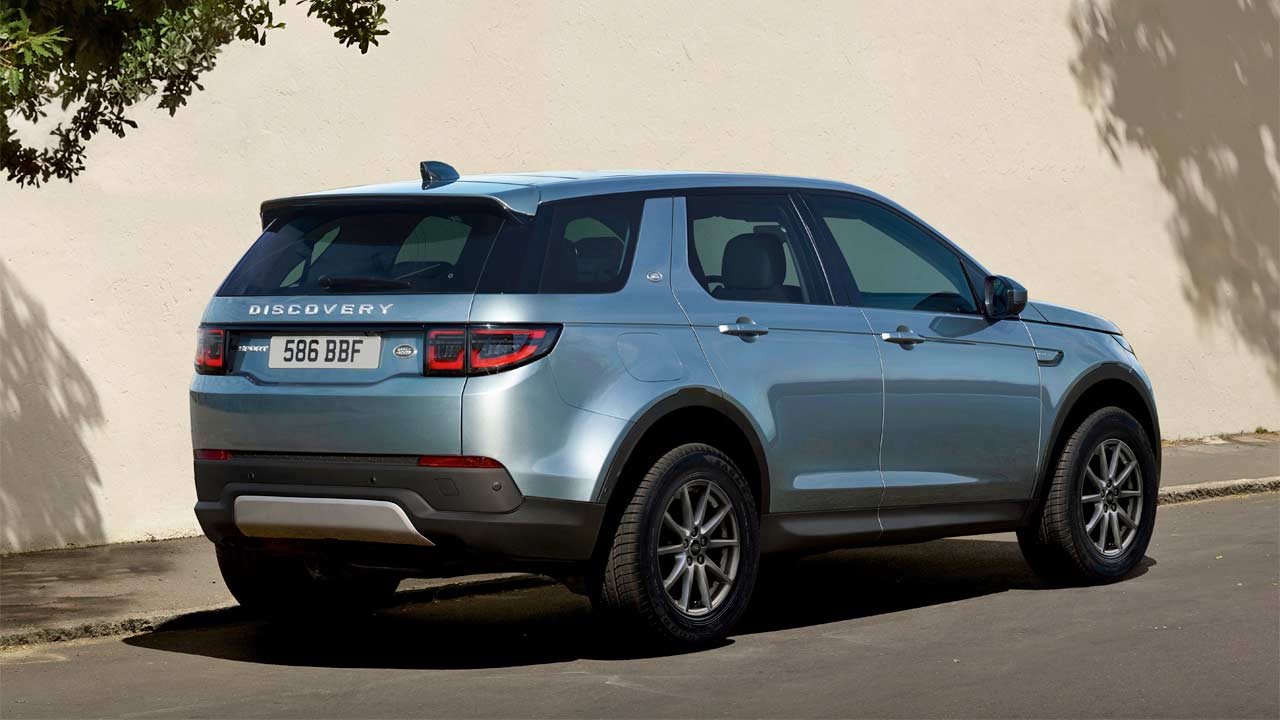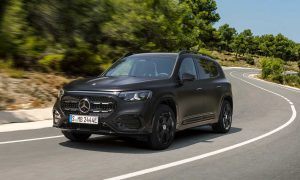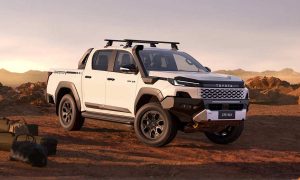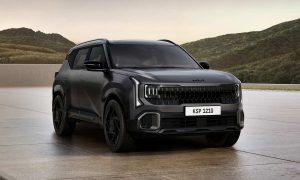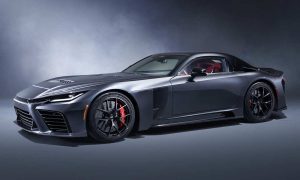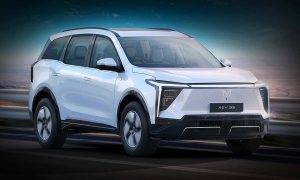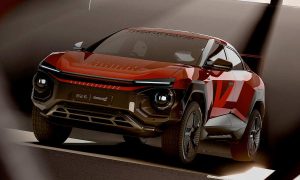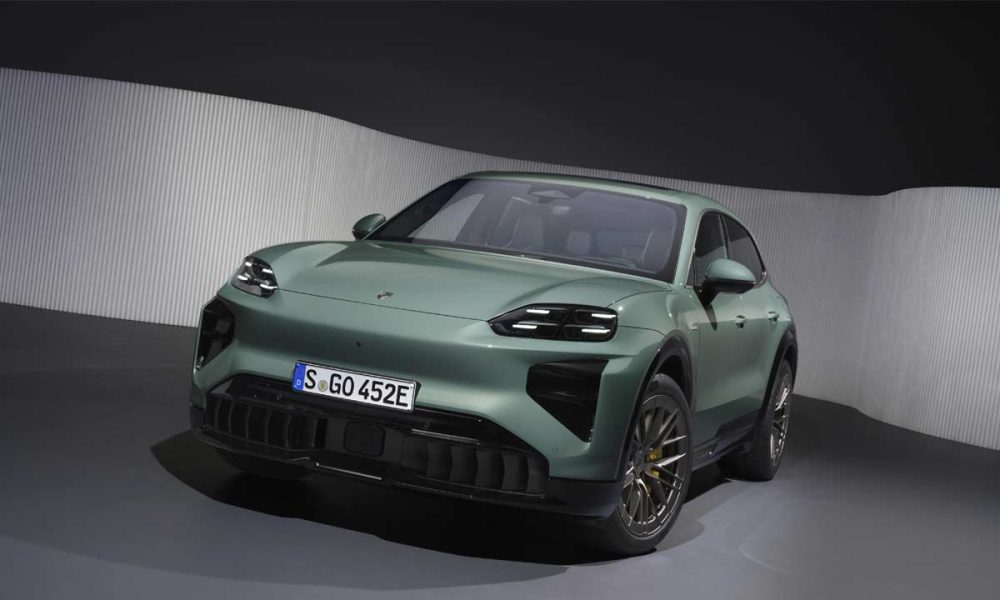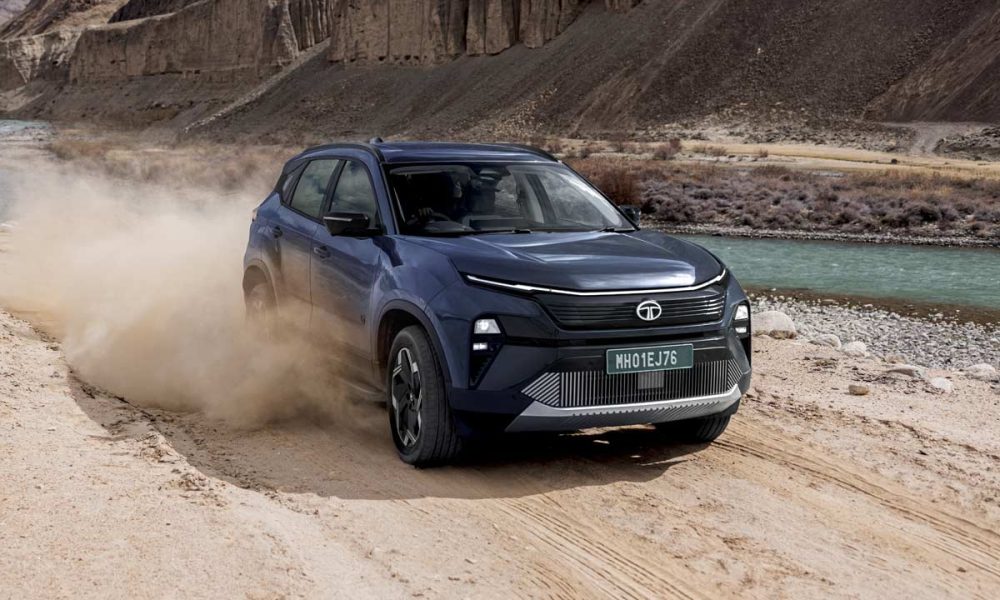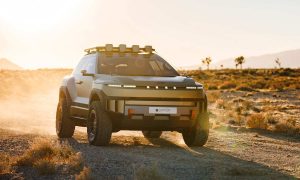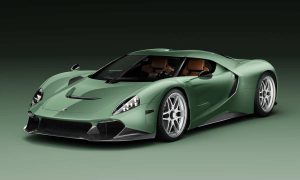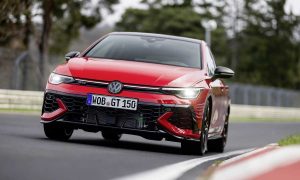The Discovery Sport has always appealed to those who wanted a compact luxury crossover from the British marque, but not an Evoque. It replaced the Freelander in 2015 and has tasted a fair amount of success. The refreshed model is here to try and grab some more percentage from the German automakers.
The new Discovery Sport sits on a new Premium Transverse Architecture that allows for electrification which we’ll talk about in a minute. The new body is claimed to be 13% stiffer than its predecessor, with rigidly-mounted subframes that reduce noise and vibration intrusion into the cabin.
The photos here mainly feature the HSE model. There isn’t much to talk about the design changes; for a casual eye, the new Discovery Sport looks more or less the same. However, there are new LED headlamps and tail lamps, and reworked bumpers for better aerodynamics. The wheel sizes now range from 17- to 21-inches. Buyers can personalize their vehicle with Black Pack option, available on both core and R-Dynamic models. It features additional Narvik detailing on the grille and fender vents, which extends to the bonnet and tailgate lettering.
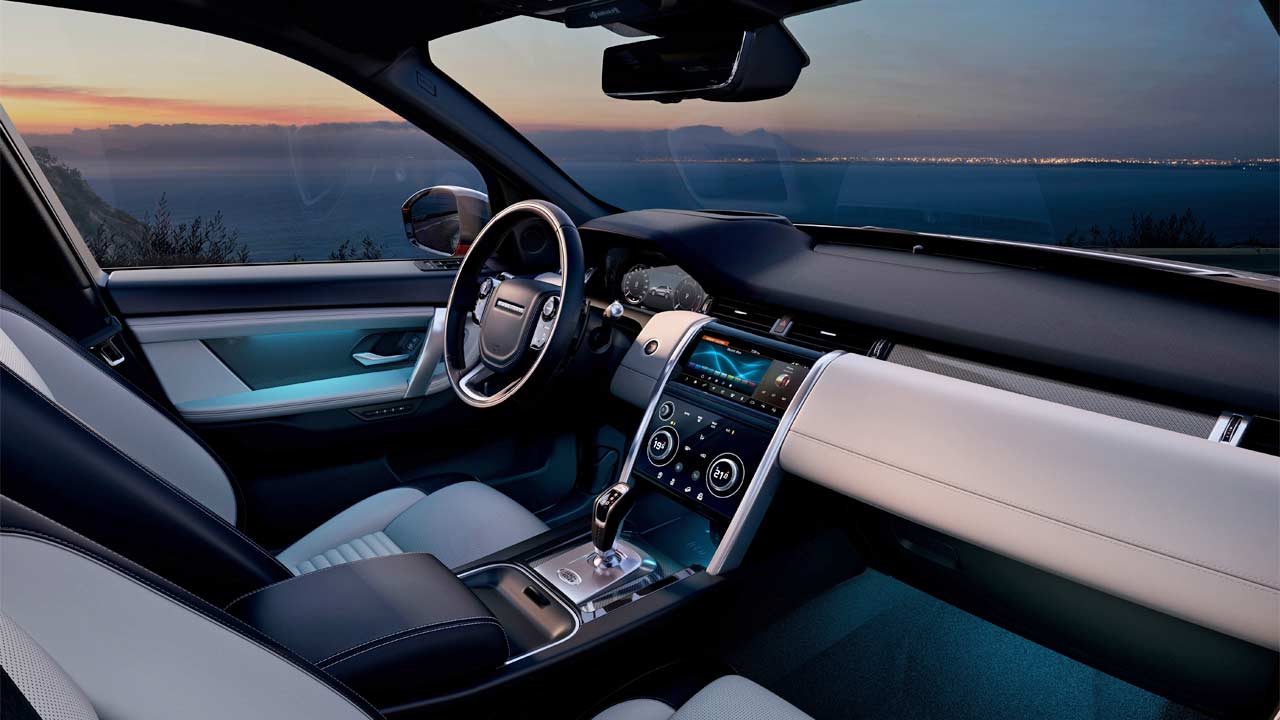
Compared to the exteriors, the interiors of the new Discovery Sport has significant changes, mostly in the form of new technology. Feature list includes a 12.3-inch driver display, 10.25-inch Touch Pro infotainment system with Apple CarPlay & Android Auto, wireless charging, 4G Wi-Fi hotspot for up to 8 devices, 3 x 12-volt outlets, 6 USB slots, and individual heating and ventilation controls for the second row.
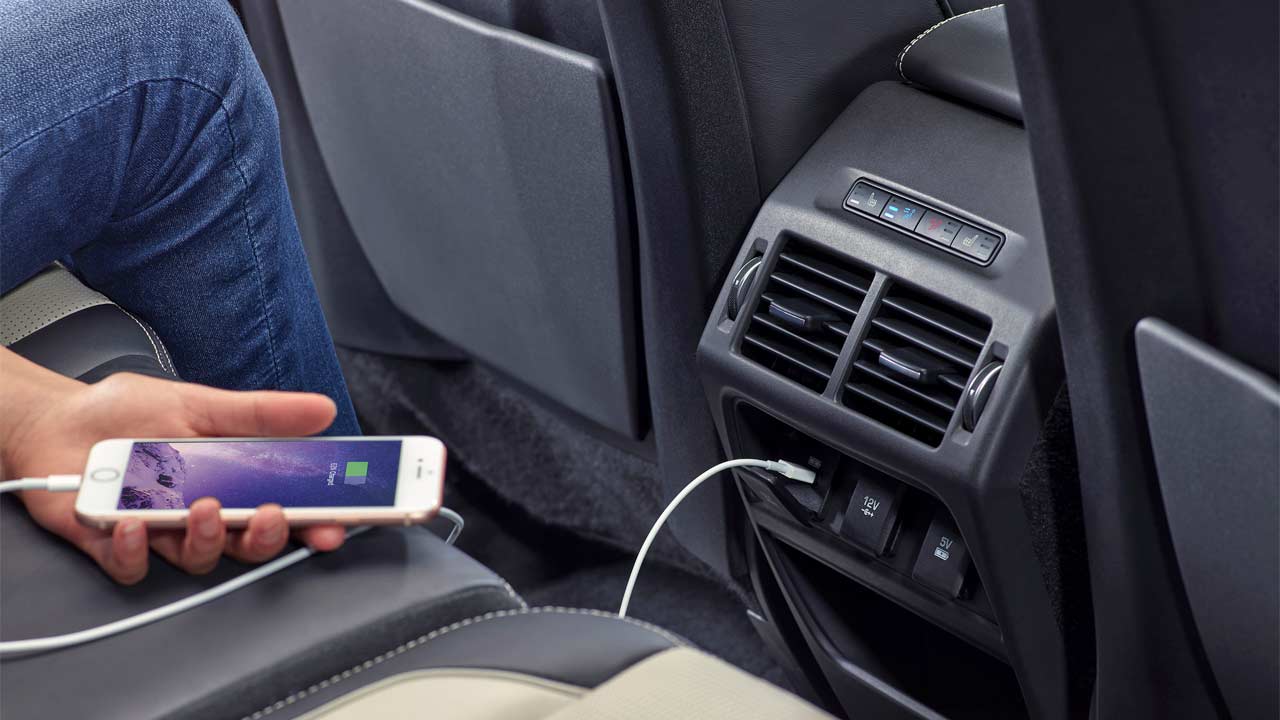
For regular drivers, the Smart Settings uses Artificial Intelligence algorithms to learn driver preferences and adjusts massage, seat positions, music, climate settings, and steering column as well.
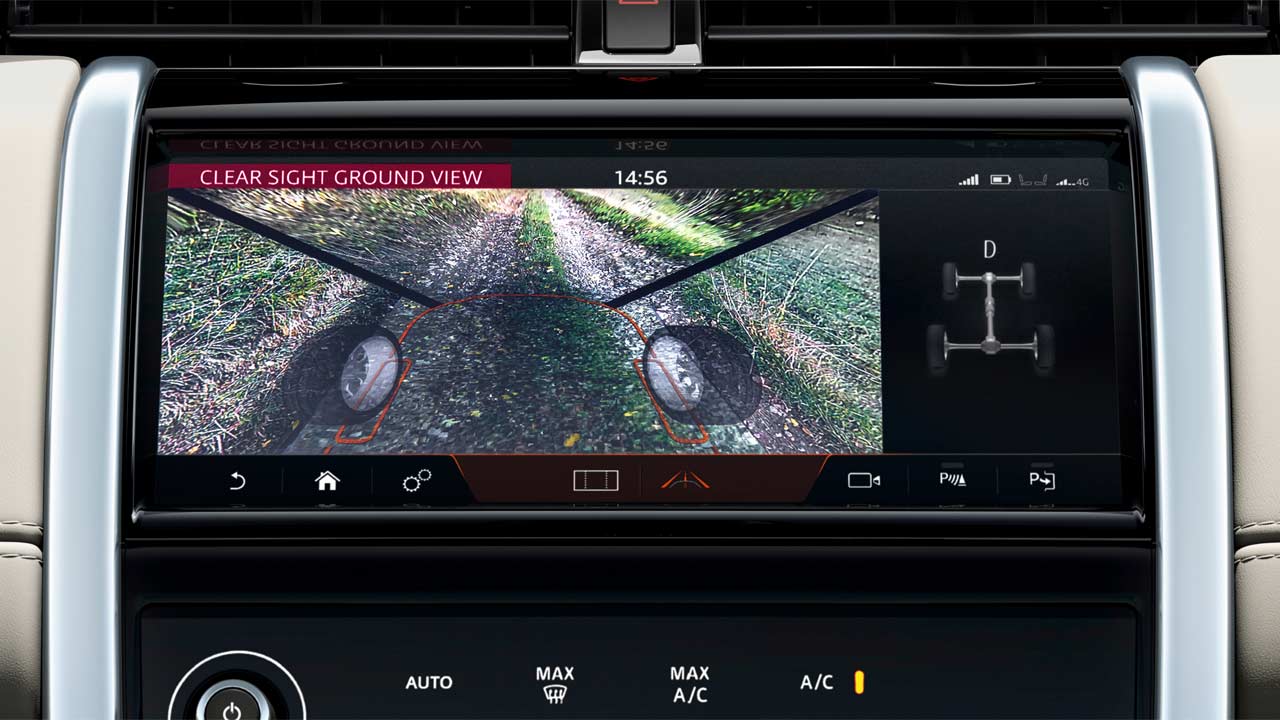
The ClearSight Ground View invisible bonnet technology, and ClearSight Rear View Mirror that we saw in the new Evoque, is present here too. The former uses forward-facing cameras in the wing mirrors and on the front grille to create a virtual, 180-degree view of the road ahead.
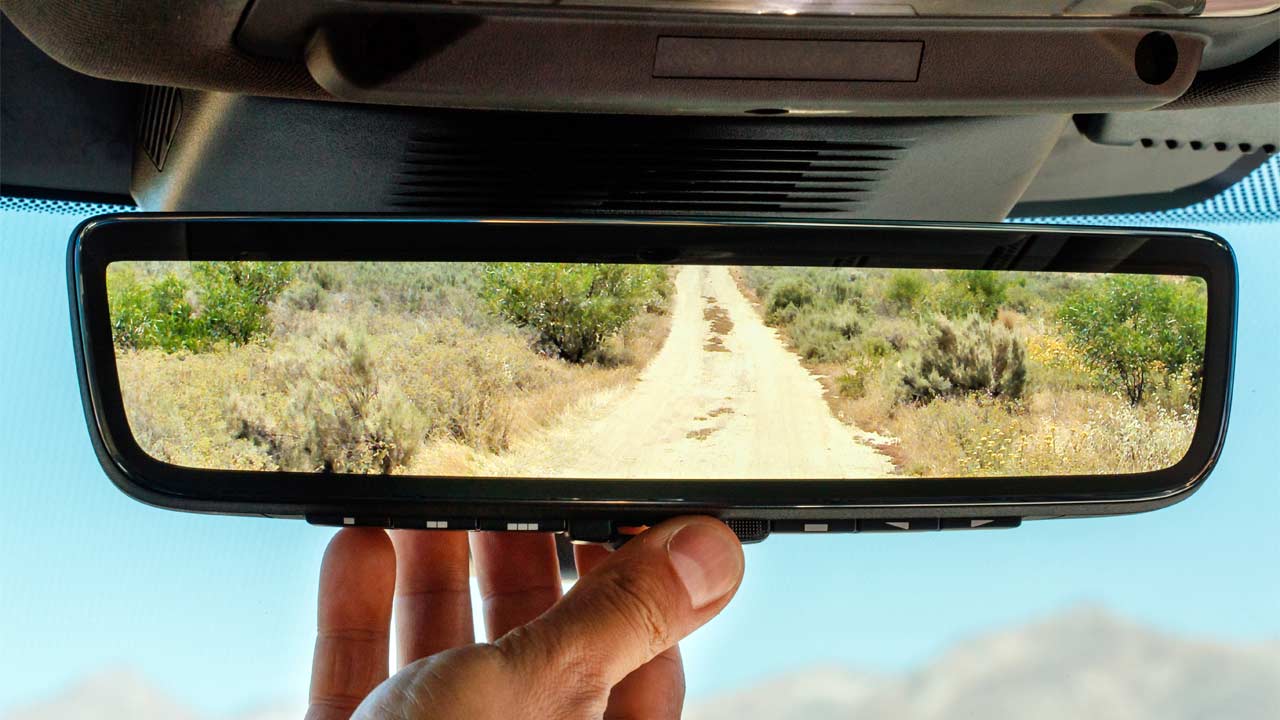
The latter offers high definition rear visibility via fin-integrated camera, and at the flick of a switch to ensure clear rear visibility when fully loaded with people and luggage.
A reversing camera is standard on all models, alongside a suite of advanced driver assistance systems. This includes Adaptive Cruise Control with Steering Assist. The SUV also gets a pedestrian airbag under the bonnet’s top edge.
Buyers can add Driver Assist pack that comes with Co-Pilot Drive, 360-degree Surround Camera, Blind Spot Assist, High Speed Emergency Braking, Park Assist, 360-degree Parking Aid, Rear Traffic Monitor, and Clear Exit Monitor. The Drive pack adds Adaptive Cruise Control with Stop & Go.
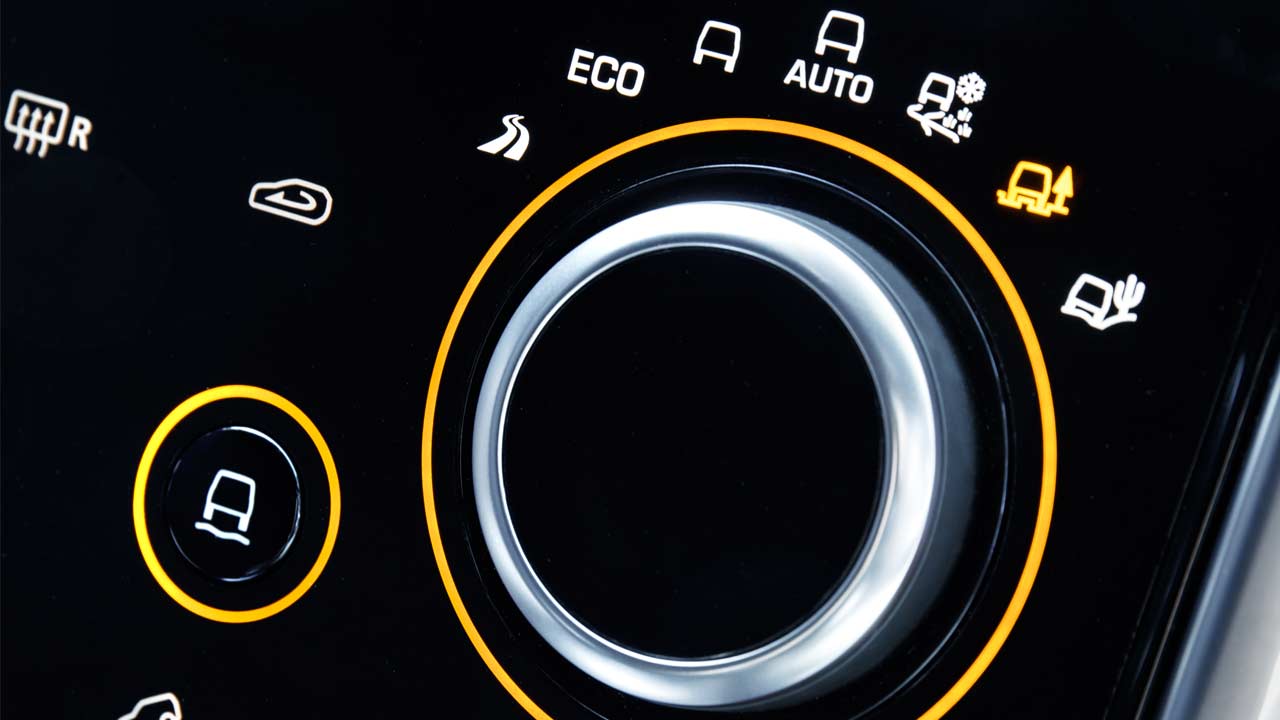 A dual role knob..
A dual role knob..
The new Discovery Sport gets Terrain Response 2 technology. The driver gets to choose from four modes (Comfort, Sand, Grass-Gravel-Snow, Mud & Ruts), while the new Auto mode enables the Discovery Sport to select the most appropriate mode for the conditions and automatically adjust its torque delivery to suit the terrain. When paired with Adaptive Dynamics, a Dynamic mode also delivers a more enhanced drive experience, Land Rover said. The aforementioned Adaptive Dynamics uses continuously variable damper technology to monitor road conditions every 10 milliseconds.
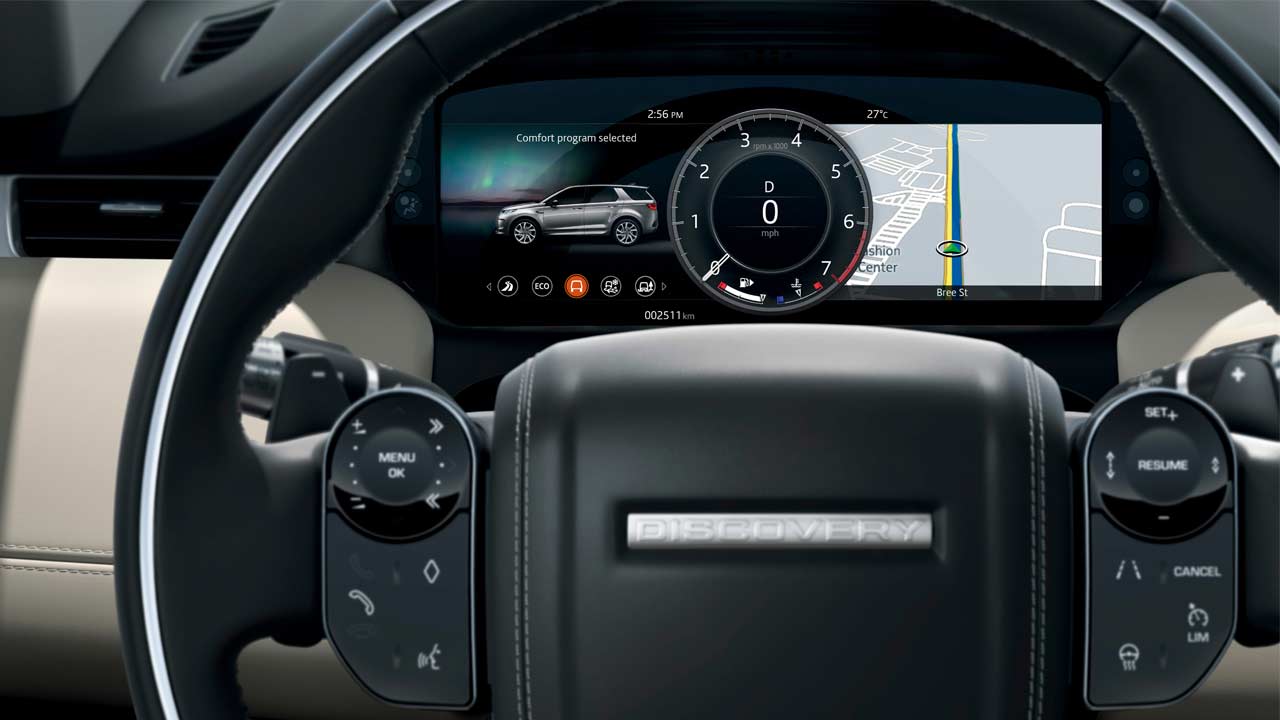
Moving on to the business end of the story, there’ll be front-wheel drive manual diesel, AWD mild-hybrid diesel, and AWD mild-hybrid petrol variants. The diesel manual packs a 2.0-litre turbocharged unit that offers 150 hp and 380 Nm of torque.
As for mild-hybrid variants, the 48-volt system with Belt-integrated Starter Generator (BiSG) harvests brake energy, aids in acceleration with up to 140 Nm of electric torque, and shuts off the engine at speeds below 17 km/h. The battery pack with 14 x 8Ah lithium-ion pouch cells can store up to 200 Wh of energy. Land Rover claims a 6% reduction in fuel consumption with mild-hybrid variants.
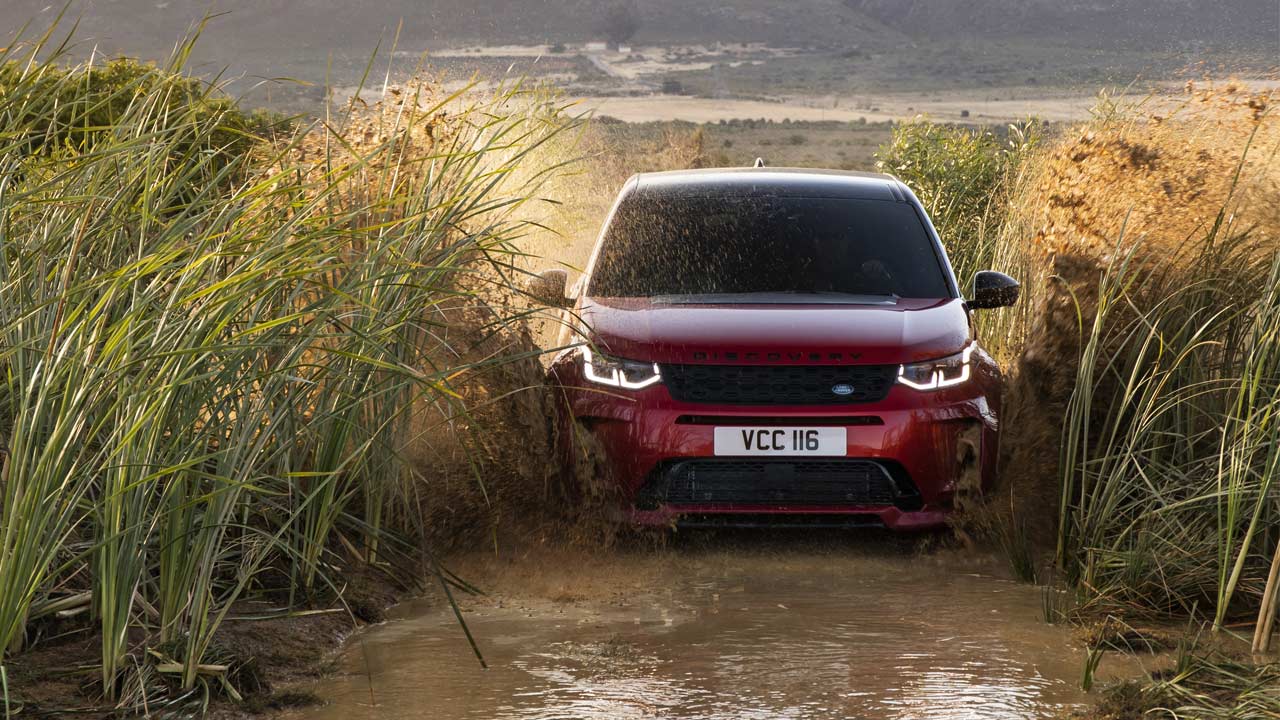 600 mm wading depth
600 mm wading depth
The diesel mild-hybrid AWD variants are available in 3 states of tune – D150, D180, and D240. In the highest tune, the 2.0L turbo diesel offers 240 hp at 4000 rpm and 500 Nm of torque at 1500 – 3000 rpm.
The petrol mild-hybrid AWD variants are available in 2 states of tune – P200 and P250. As it would suggest, the 2.0L turbo petrol engine offers 249 hp at 5500 rpm and 365 Nm of torque at 1400 – 4500 rpm in the P250 variant.
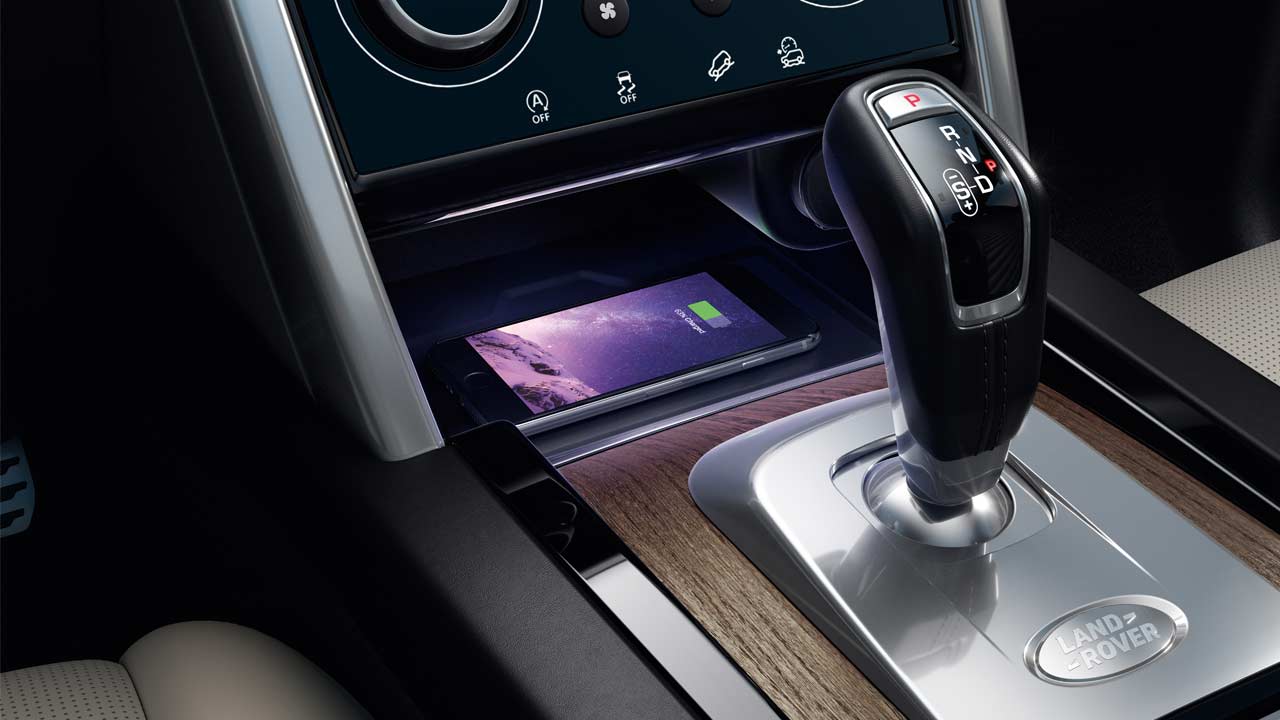
All mild-hybrid variants are offered with an updated ZF 9-speed automatic transmission that is claimed to offer a further 2 percent fuel economy improvement.
The SUV also features Driveline Disconnect technology that features a new front axle Power Transfer Unit, allowing the key driveline components to be decoupled from the rotating axles, reducing energy losses during steady state driving. Whenever AWD is required, the system can transition from 2WD to AWD mode seamlessly, in less than 400 milliseconds, Land Rover said.
Last but not the least, the new Discovery Sport gets 20% larger fuel tank; it can hold 65 litres.
Available to order now, the new Discovery Sport is priced from £31,575 (150 hp diesel manual) in the UK.

Leave a Reply
Note: Comments that are unrelated to the post above get automatically filtered into the trash bin.
